
The Hmong, a great tribe of Vietnamese minorities
- on Jan 17, 2020 By: BN
With more than 800,000 people, the Hmong are one of the most numerous of the 54 ethnic groups existing in Vietnam. With their rich secular traditions preserved over the centuries, this population contributes significantly to the ethnic and cultural diversity that nourishes the soul of the country of millennia.
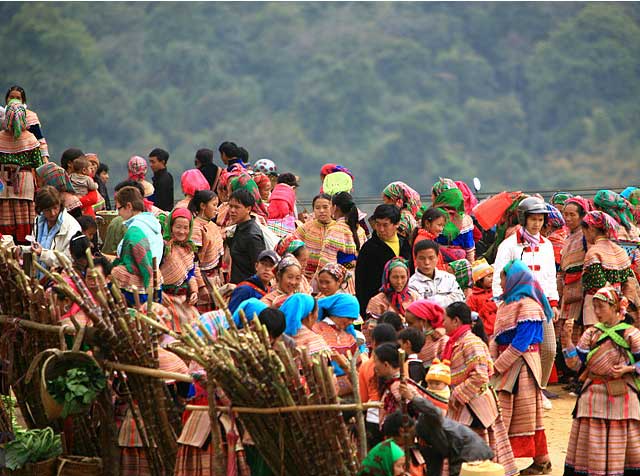
A colourful Hmong market in Sa Pa
Origin of the Hmong in Vietnam
Historically, the first Hmong from China appeared in Vietnam around 300 years ago. This is explained by the exodus, on several occasions, of the atrocious victims of oppression of the Chinese feudal dynasties during the wars. Originally mainly from Qui Chau, Van Nam and Quang Tay provinces, with their arrival in Vietnam, they scattered in the mountainous regions of the North, Thanh Hoa, Nghe An provinces in the west and partially in the Central Highlands.
Hmong traditional clothes
Because of their linguistic characteristics and traditional costumes, they are distinguished in 4 major groups: the White Hmong, Black Hmong, Green Hmong and Hmong Flower. If the White Hmong women are denoted by the white skirts, the Black Hmong are more sober with dark colours. In terms of language, these tribes have in common the same basic vocabularies which exist in parallel with dialects and vary from one region to another.
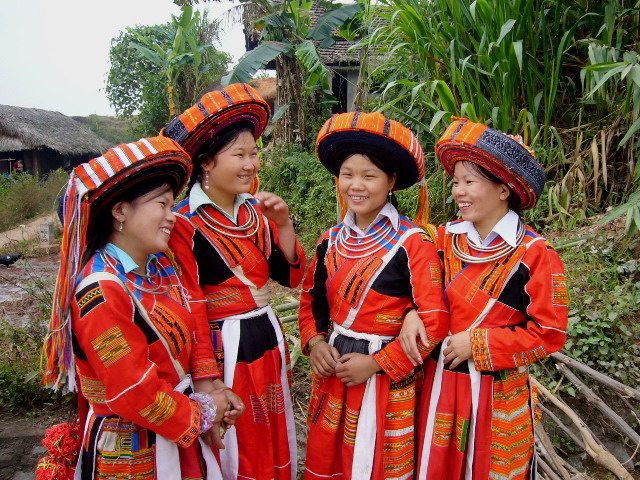
The girls of Red Hmong
The name of the Hmong is itself indicative of their culture. Previously, they were called "Meo" or "Mieu", the term which designates populations living in fields and orchards. Without doubt, they are among the best farmers, especially in the high mountains, practising two main farming methods, slash-and-burn cultivation and flooded rice cultivation. Note that the rice terraces in the terroir of the North, true natural masterpieces, owe their reputation to the hardworking and talented peasants of numerous ethnic groups, including the Hmong.
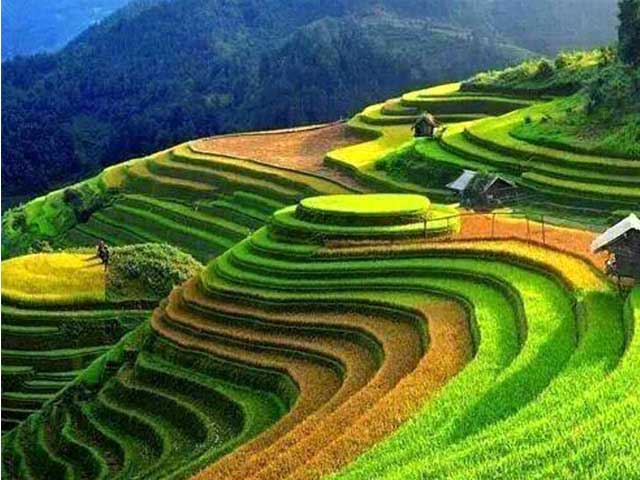
The Hmong and their great autonomy
Present everywhere in different provinces, the Hmong are rare to mix with other ethnic groups in a region, adopting their own indigenous community. They live in houses tucked away more often on the mountainside and near rivers. At high altitudes between 700m and 1,500m, they use Siam wood as a material for building dwellings, with the exception of those in Ha Giang which are made of mud. To adapt to natural mountain conditions, they normally stay in low, windowless homes.
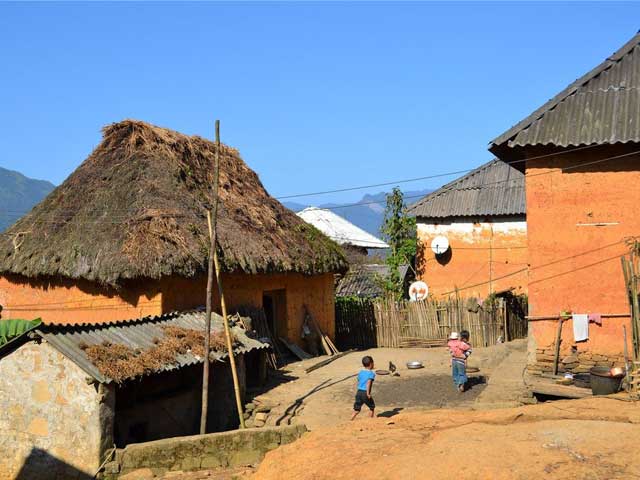
The typical mud house of Ha Giang
Among the Hmong, tradition has it that all things have a soul and the home is no exception. Thus they have respective gods of the door, the column, the kitchen and also the house, which are supposed to protect them from the evil spirits. Hence their habit of taking a talisman when going out of the house.
It’s the patriarchal regime that reigns in Hmong culture. The man, the sole heir, therefore has the preponderant role in all decisions of the family while the woman, once married, only has clothes and jewellery as personal property. The parents always share a house with his younger son who traditionally takes care of the ancestors of the family. In each large family, a prominent person is elected at the head to ensure the meeting of the members as well as the respect of the rules and customs.\
Related articles:
>> Vietnamese ethnic people through the eyes of a French
Comment
Other Blog
Categories
Latest News
on 27 Apr, 2023      
on 15 Apr, 2023      
on 28 Mar, 2023      
 Español
Español Français
Français






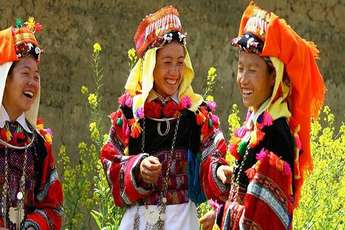








F
on Jan 3, 2024Igor Mozetic
on Apr 8, 2023Ira Beale
on Feb 10, 2023Phạm Phú Toàn
on Jan 28, 2023Max Stover
on Jan 11, 2023